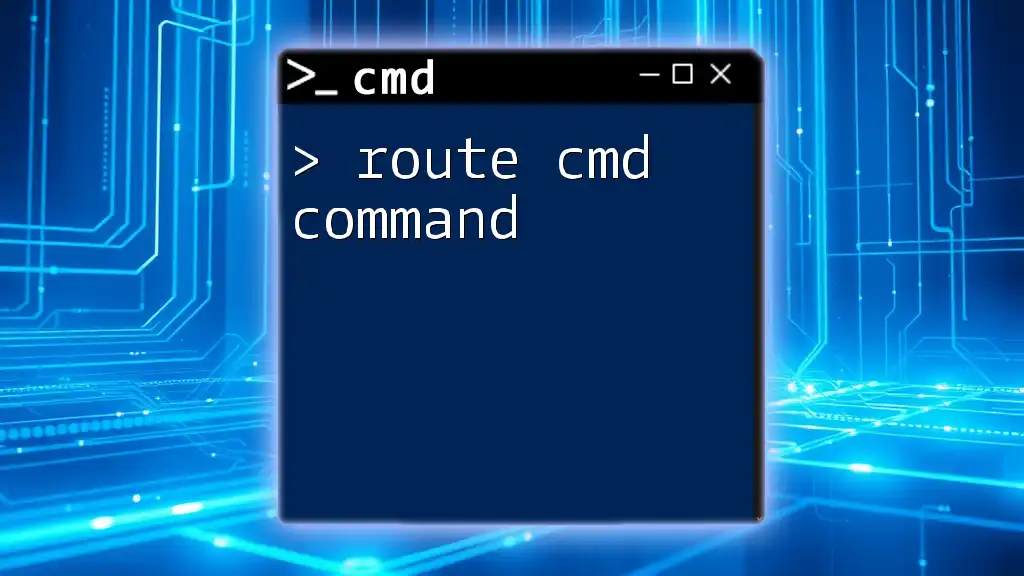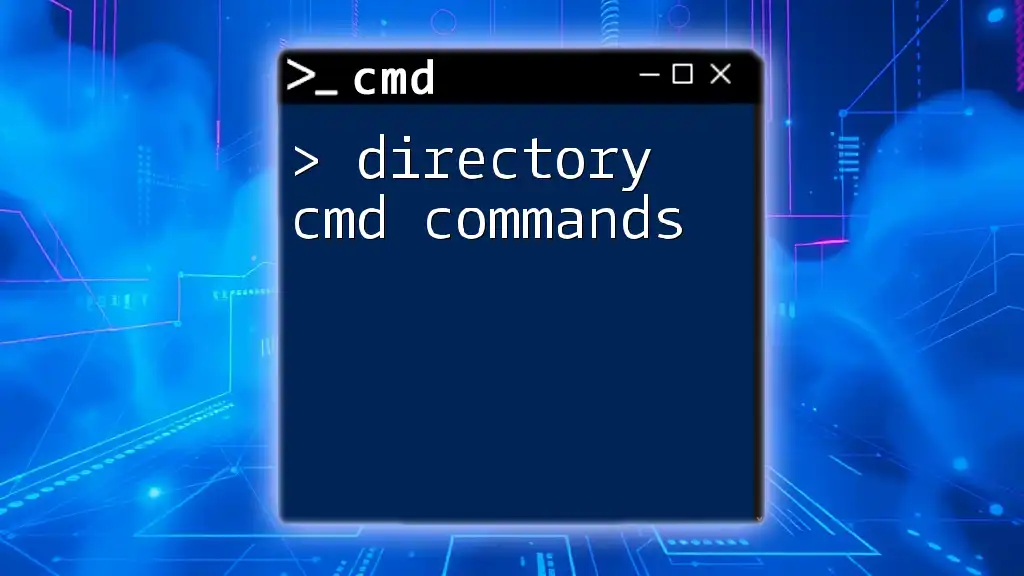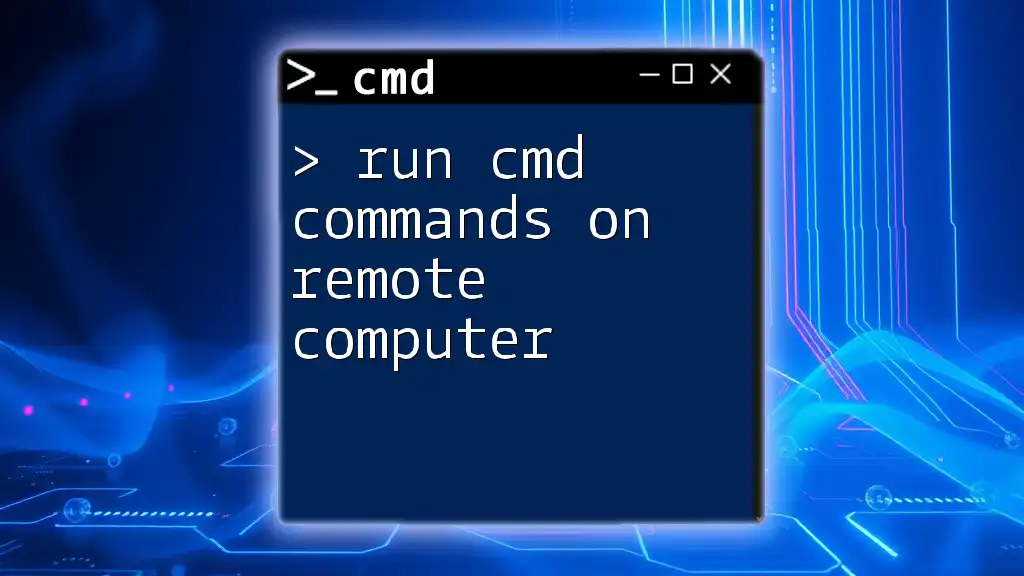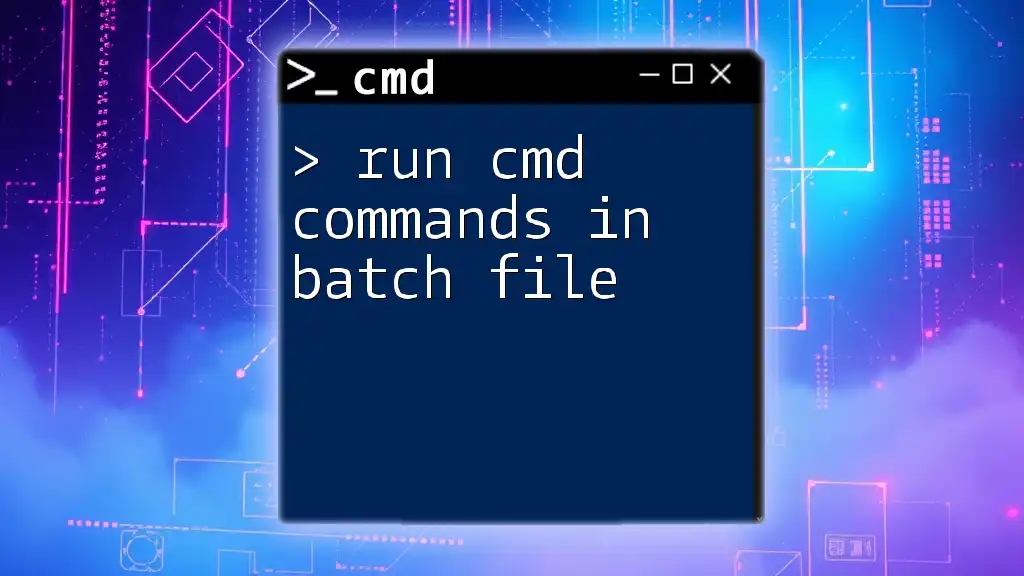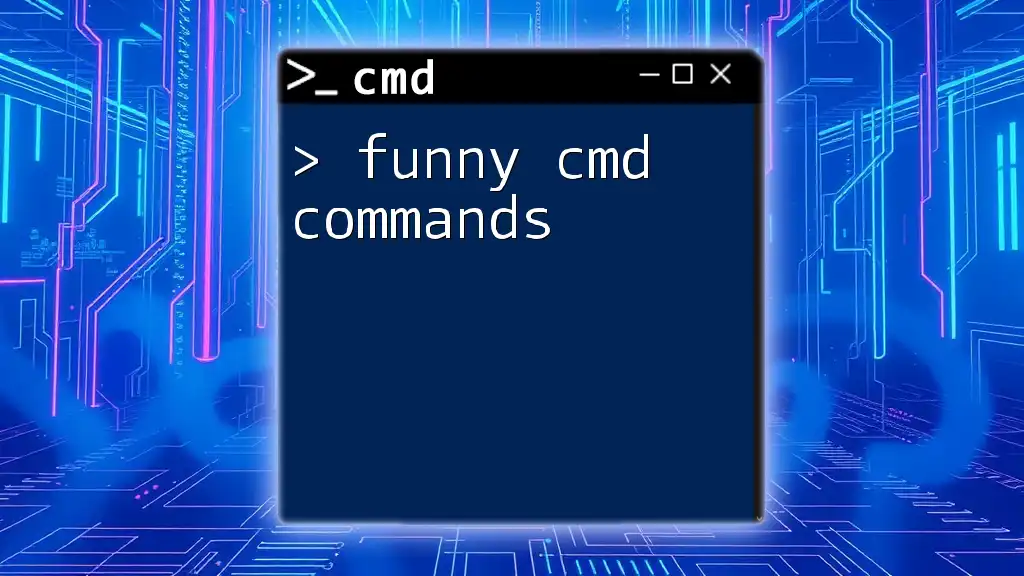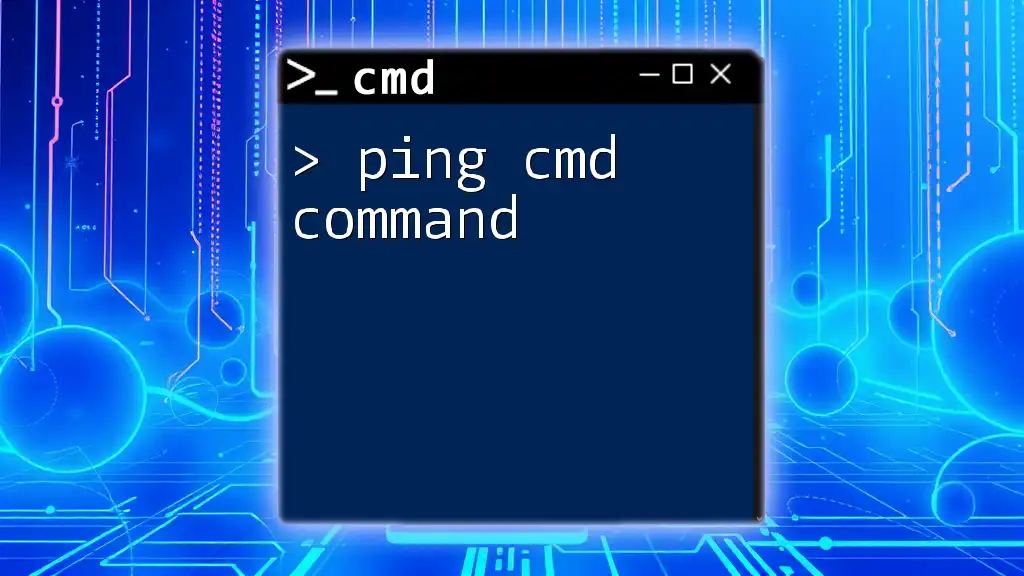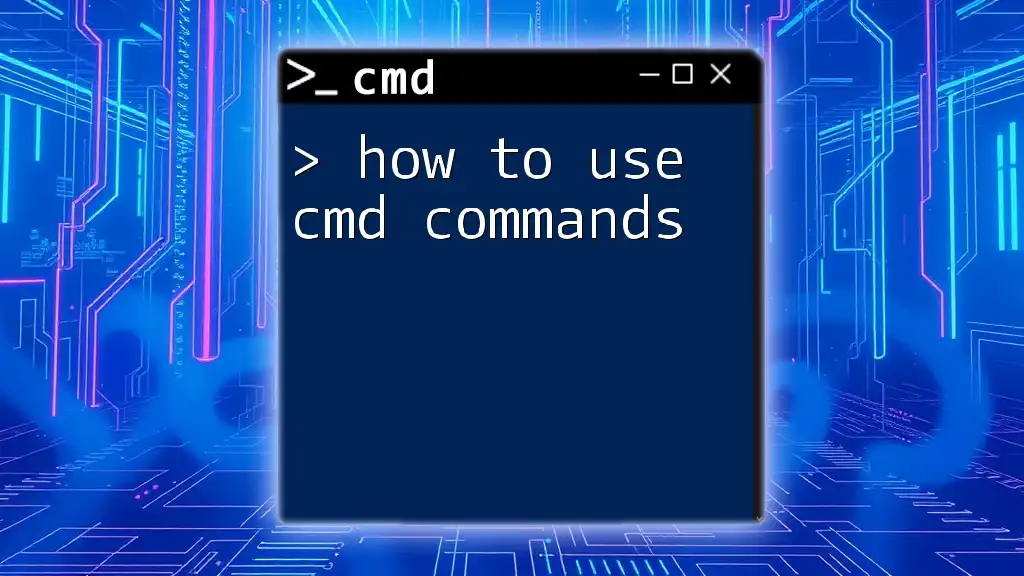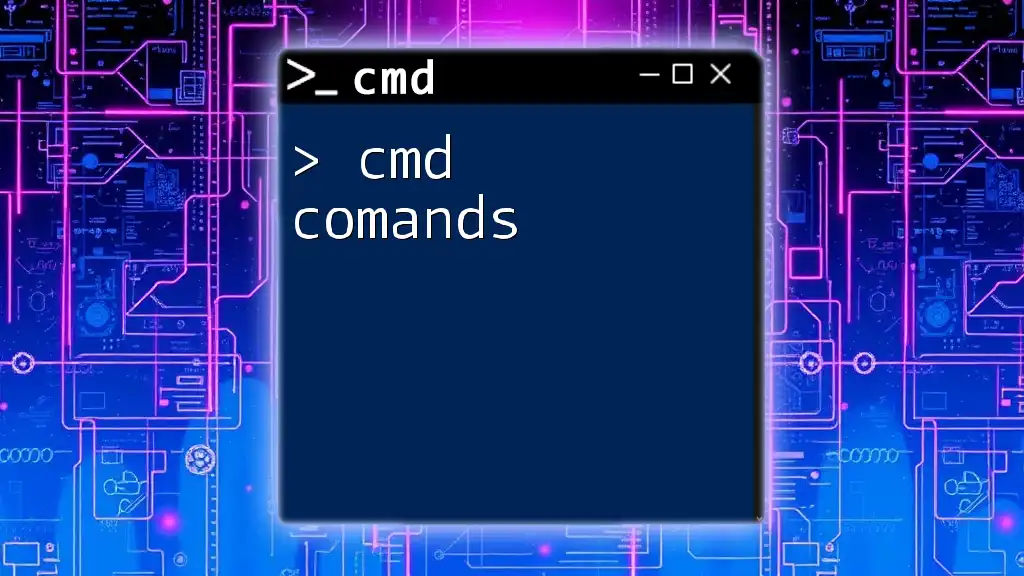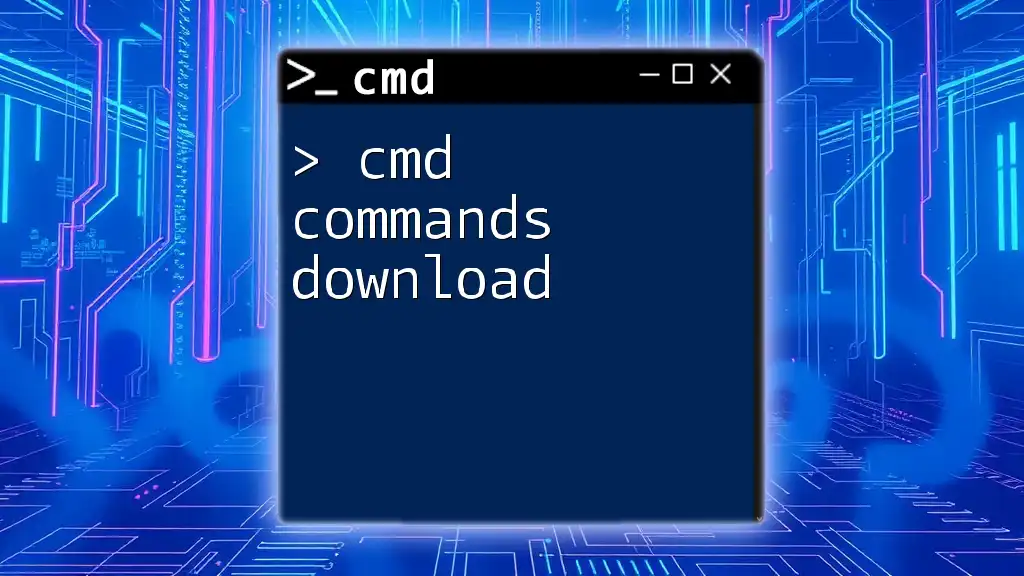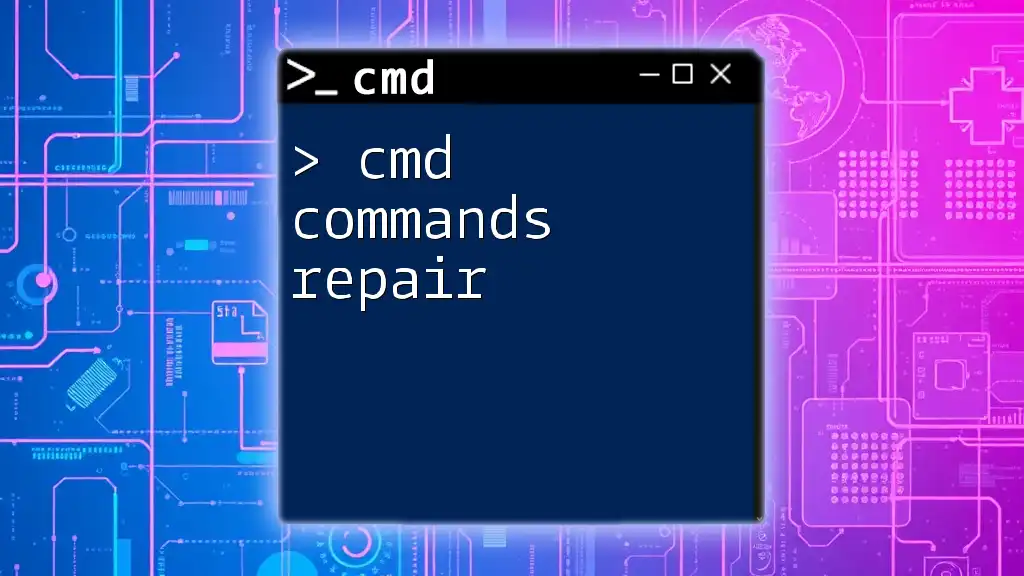The `route` command is used to display and modify the IP routing table on a Windows system, allowing users to manage how network packets are directed through interfaces.
route add 192.168.1.0 mask 255.255.255.0 192.168.0.1
Understanding the Route CMD Command
What is the Route CMD Command?
The route cmd command is a built-in utility in Windows and other operating systems that allows users to manage and manipulate the routing tables of a network. It enables the addition, deletion, and modification of routes, which are essential for directing network traffic to the correct destinations. By using the `route` command, network administrators can ensure efficient data transfer and troubleshoot connectivity issues effectively.
Importance of Routing in Networking
Routing is the process of selecting paths in a network along which to send network traffic. It is vital for several reasons:
- Efficient Data Flow: Proper routing ensures that data packets find the most efficient path to their destinations.
- Network Structure: Routing creates a structure in the network, allowing efficient communication between different subnets and devices.
- Troubleshooting: Understanding routes helps diagnose and resolve network issues by identifying where packets are being dropped or misrouted.
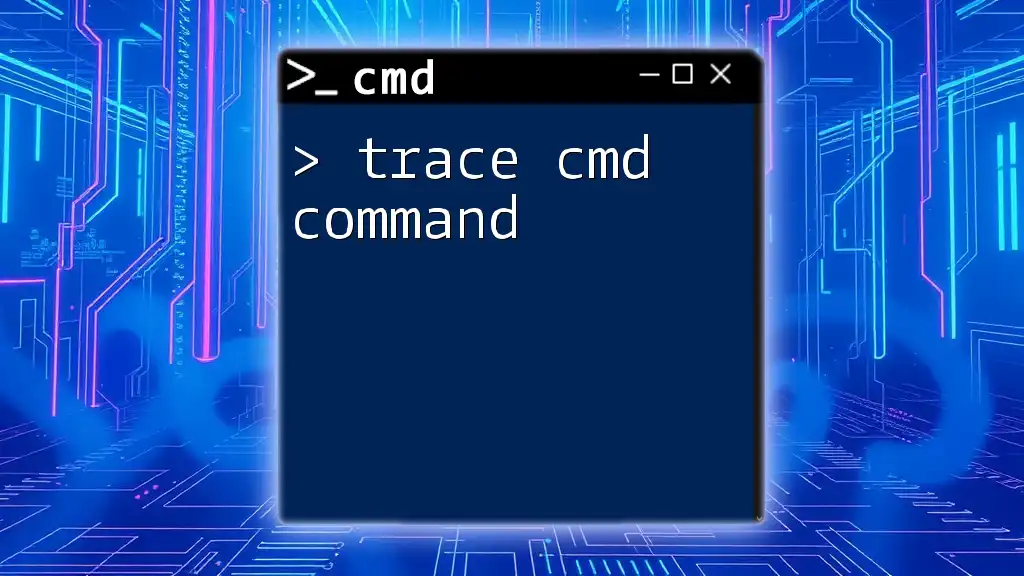
Basic Syntax of the Route Command
Command Structure
The basic syntax of the `route` command can be broken down as follows:
route [command] [<destination>] [mask <netmask>] [<gateway>] [metric <metric>] [if <interface>]
This structure consists of several components, each serving a specific function. Understanding these components is essential for using the command effectively.
Commonly Used Options
The `route` command has several options that allow users to manipulate the routing table:
- ADD: This option is used to add a new route to the routing table.
- DELETE: This allows users to remove an existing route.
- PRINT: Use this to display the current routing table, providing a clear view of all active routes.
- CHANGE: This modifies an existing route entry, enabling updates without removal.
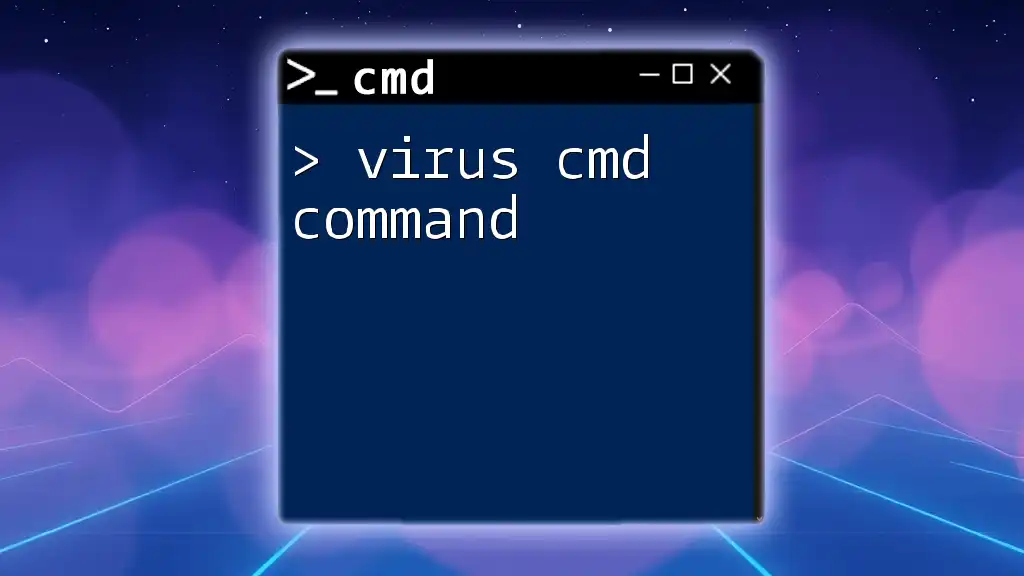
Practical Examples of the Route CMD Command
Displaying the Routing Table
To view the current routing table, you can utilize the PRINT command:
route print
When executing this command, you will see a list of routes displayed in a tabular format. Each column indicates different pieces of information, including:
- Network Destination: The target network for the route.
- Netmask: Defines the range of IP addresses in the destination.
- Gateway: The next-hop address for packets.
- Interface: The local IP address associated with the outgoing route.
Adding a New Route
To add a new route to the routing table, use the ADD option. The general syntax looks like this:
route add <destination> mask <netmask> <gateway>
For instance, to route traffic destined for the network `192.168.1.0` with a netmask of `255.255.255.0` via the gateway `192.168.1.1`, execute:
route add 192.168.1.0 mask 255.255.255.0 192.168.1.1
In this case, <destination> is where the packets are headed, <netmask> specifies the size of the subnet, and <gateway> is the next router in line to receive the packets.
Deleting a Route
If you need to remove an existing route, you can use the DELETE option. The syntax is straightforward:
route delete <destination>
For example, to delete the route for the `192.168.1.0` network, you would type:
route delete 192.168.1.0
This action is useful when a network is no longer in use or when you need to reconfigure paths due to network changes.
Modifying an Existing Route
To change an existing route entry, the CHANGE option is utilized. The basic syntax follows the same pattern as adding a route:
route change <destination> mask <netmask> <gateway>
For example, to redirect traffic for `192.168.1.0` to a new gateway `192.168.1.254`, the command would look like:
route change 192.168.1.0 mask 255.255.255.0 192.168.1.254
This allows for dynamic updates in your routing table without the need to delete and then re-add the route.
Metric and Interface Options
Another factor to consider when managing routes is the metric, which determines the cost of using a particular route. Lower metric values indicate more preferred paths.
You can also assign a specific network interface to a route using the `if` parameter:
route add 192.168.1.0 mask 255.255.255.0 192.168.1.1 metric 10 if 1
In this example, `metric 10` establishes the path's priority, while `if 1` specifies which network interface to use.
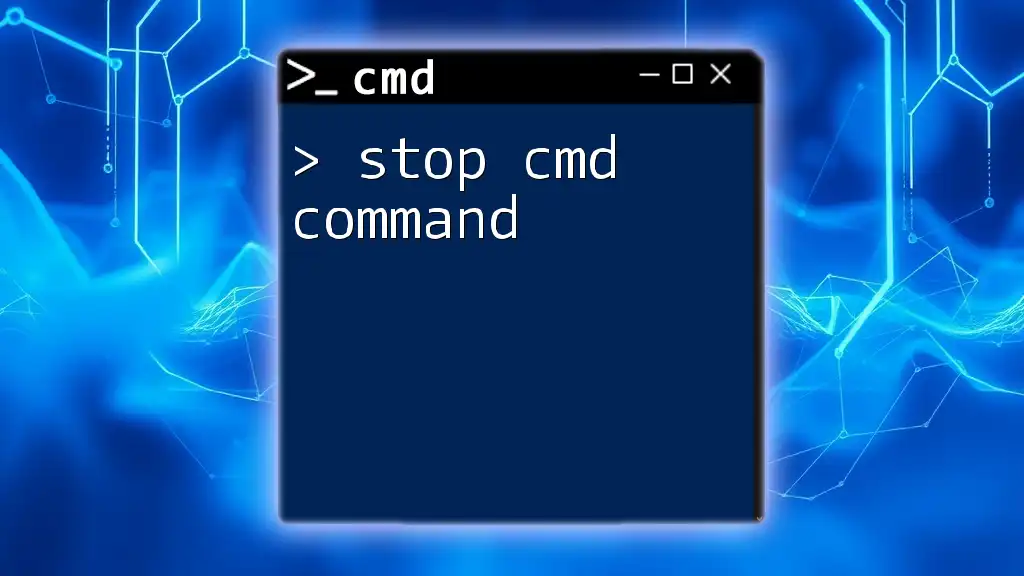
Troubleshooting Common Issues
Identifying Routing Problems
Routing problems can manifest as connectivity issues or packet loss. Observing symptoms such as timeouts or inability to reach certain destinations may suggest a routing misconfiguration. Using the `route print` command helps visualize the current routing paths to diagnose the issue.
Use Case: Resolving Network Connectivity Issues
When diagnosing network issues, follow these steps:
- Print the Routing Table: Use `route print` to see the active routes.
- Identify the Problematic Route: Check if the destination network exists in the routing table and look for any metrics that seem incorrect.
- Modify as Necessary: Use the `route change` or `route delete` commands based on your observations to resolve the issue.
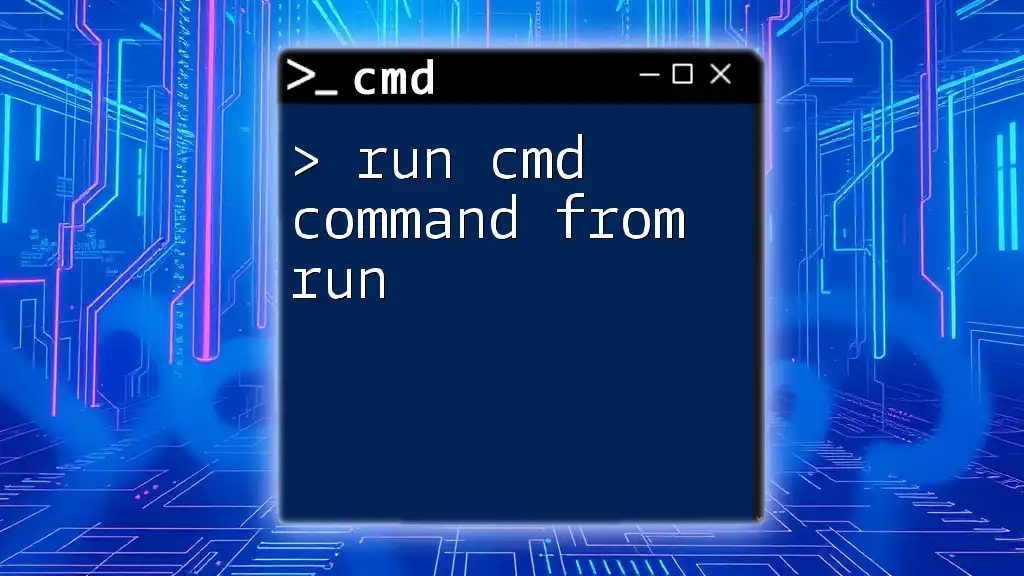
Best Practices for Using the Route Command
Regularly Review Routing Tables
Make it a best practice to regularly examine your routing tables. This ensures that all entries are current and that no obsolete routes are causing confusion or inefficiencies.
Documentation and Comments
When making changes to routing tables, it is important to maintain clear documentation. Commenting on modifications will not only help you but also future administrators in understanding the rationale behind specific entries.
Security Considerations
Managing routing configurations comes with security implications. Misconfigurations can lead to vulnerabilities, so ensure that only authorized personnel have access to change routing rules. Regular audits of the routing table are also advisable to safeguard against unauthorized alterations.
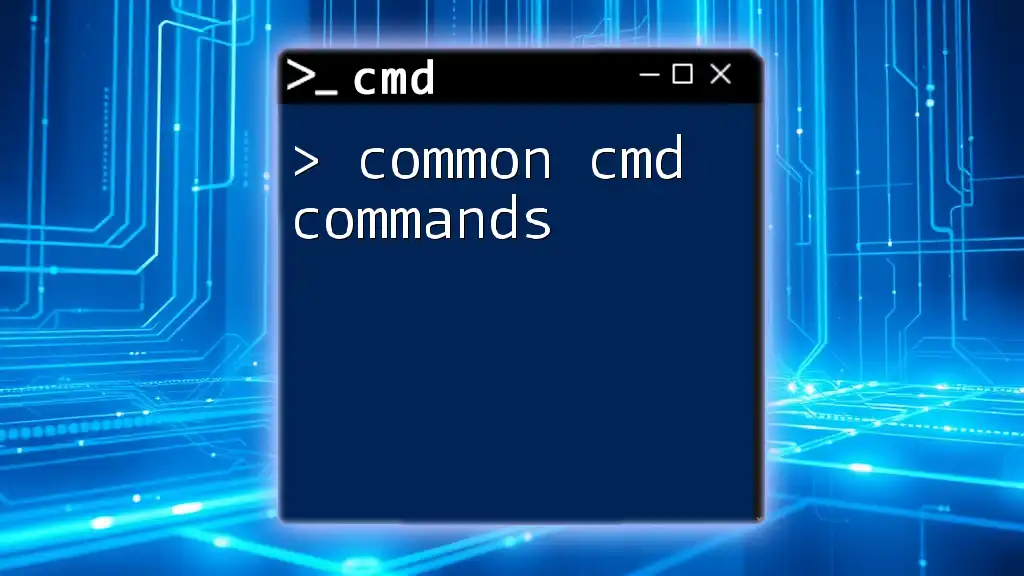
Conclusion
Mastering the route cmd command is essential for efficient network management. By adding, modifying, and deleting routes effectively, users can ensure that their network configurations are optimized for performance and reliability. With practice and understanding of this command, you can troubleshoot network issues with confidence and maintain seamless connectivity across your systems.
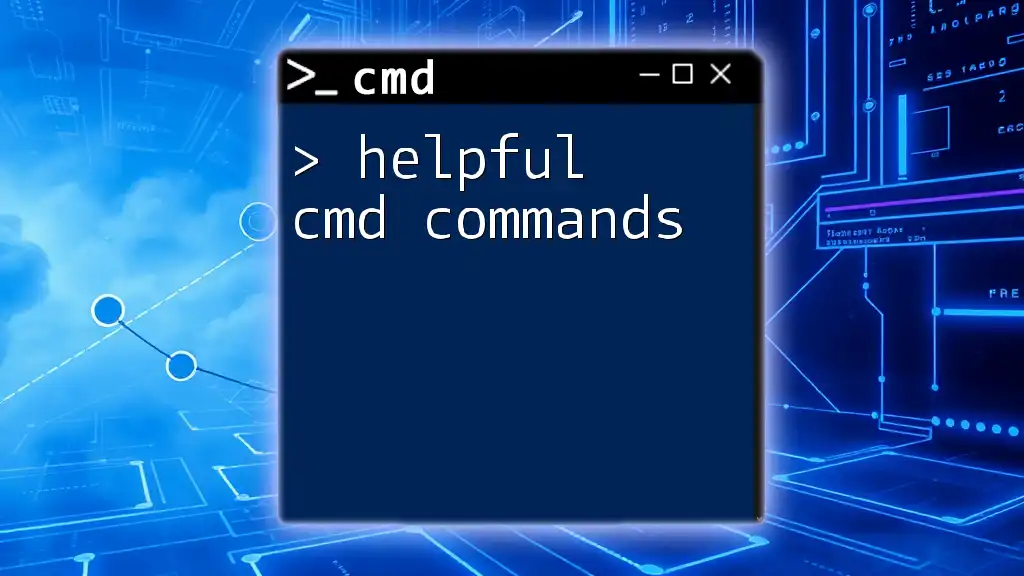
Additional Resources
To expand your knowledge further, consider exploring additional resources such as official documentation, online forums, and community articles that focus on advanced routing strategies and command functionalities.
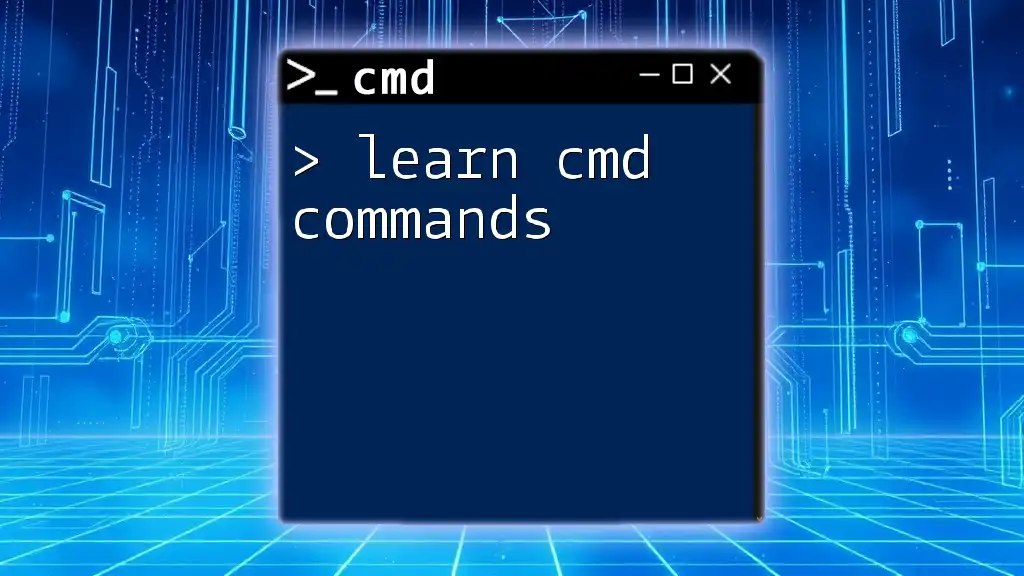
Call to Action
We encourage readers to share their experiences in using the `route cmd command` for network management in the comments below. What tips and tricks do you have for effective routing manipulation? Your insights can help empower others in their network troubleshooting endeavors!

